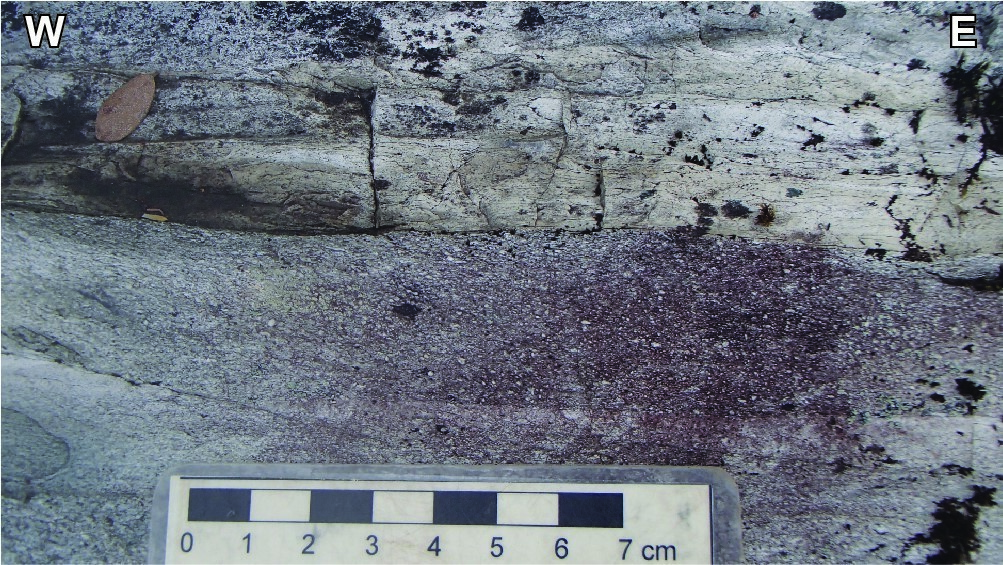
| Author: | Caty, 1977 |
| Age: | Neoarchean |
| Reference section: | The selected stratotype corresponds to the Moisan (1992) study area along Road 167, east of Waconichi Lake (UTM NAD83, Zone 18: 569339E, 5546547N). Site 1 consists of five sections, three of which were directly along Road 167, and two along Waconichi Lake (see Moisan, 1992, Figure 5 on page 13). |
| Type area: | East of Waconichi Lake (sheet 32J01-200-0102) and South of Chevrillon Lake (sheet 32J01-200-0101) |
| Geological province: | Superior Province |
| Geological subdivision: | Abitibi Subprovince |
| Lithology: | Sedimentary rocks |
| Type: | Lithostratigraphic |
| Rank: | Formation |
| Status: | Formal |
| Use: | Active |
- Roy Group
-
- Bordeleau Formation
- Ruisseau Dalime Formation
- Scorpion Formation
- Phooey Member
- Blondeau Formation
- Bruneau Formation
- Waconichi Formation
- Allard Member
- Scott Member
- Deux Orignaux Member
- Winchester Member
- Lemoine Member
- Portage Member
- Lacs Member
- Îles Member
- Coyote Member
- Chevrier Member
- Queylus Member
- Andy Member
- Obatogamau Formation
- Pichamobi Member
- Wachigabau Member
- David Member
Background
The Bordeleau Formation was first mentioned in Caty’s (1977) report on the eastern half of Richardson Township. Firstly, basal tuff is described (Caty, 1977, 1979). Then, sandstone and turbidites characterizing most of the Bordeleau Formation are compared with those of the Daubrée Formation (Dimroth et al., 1983); these rock units are also the subject of a master’s thesis (Moisan, 1992).
Description
The base of the Bordeleau Formation, east of Waconichi Lake, consists of a unit of fine to medium-grained intermediate tuff interstratified with sedimentary rocks of the Blondeau Formation (Caty, 1979). These volcaniclastic rocks have also been identified on the south shore of Chevrillon Lake, north of the Faribault Shear Zone. The upper portion of the Bordeleau Formation includes feldspathic arenites and turbidites composed of sorted arkose and mudstone (Moisan, 1992).
Thickness and Distribution
The Bordeleau Formation outcrops primarily between Chevrillon and Waconichi lakes (NTS sheets 32J01 and 32J02) and follows the axial trace of the Waconichi Syncline. Its centre is limited by the Faribault Shear Zone to the south and by the Winsch Shear Zone to the north (Moisan, 1992). The average thickness of this formation is 1000 m (Daigneault, 1991).
Dating
None.
Stratigraphic Relationship(s)
The basal contact of the Bordeleau Formation is characterized by an interstratification between volcanogenic sedimentary rocks characterizing the Blondeau Formation and volcaniclastic rocks of intermediate composition at the base of the Bordeleau Formation. Sedimentary rocks of the Bordeleau Formation form a transitional unit to the Opemisca Group (Caty, 1979; Dimroth et al., 1983).
Paleontology
Does not apply.


